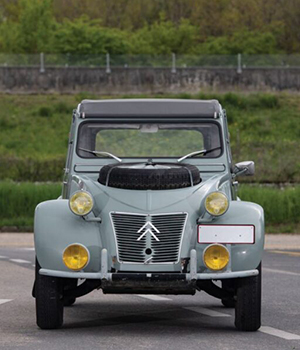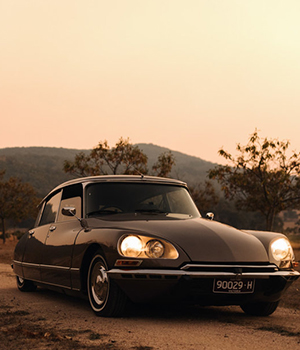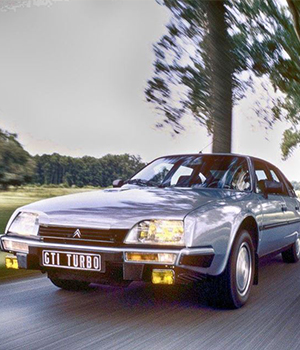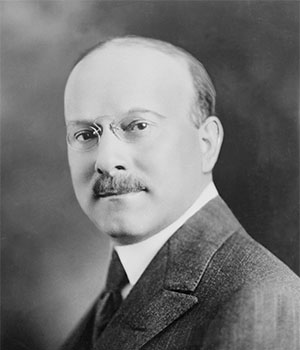
The "Automobiles Citroën" manufacturing company was founded in March 1919 by André Citroën. André Citroën (1878–1935) built armaments for France during World War I; after the war, however, he realized that unless he planned ahead he would have a modern factory without a product. Citroën was already experienced in the automotive business, thanks to a successful six-year stint working with Mors between 1908 and the outbreak of war. The decision to switch to automobile manufacturing was taken as early as 1916, which is the year when Citroën asked the engineer Louis Dufresne, previously with Panhard, to design a technically-sophisticated 18HP automobile he could produce in his factory once peace returned. Long before that happened, however, he had modified his vision and decided, like Henry Ford, that the best post-war opportunities in auto-making would involve a lighter car of good quality, but made in sufficient quantities to be priced enticingly. In February 1917 Citroën contacted another engineer, Jules Salomon, who already had a considerable reputation within the French automotive sector as the creator, in 1909, of a little car called Le Zèbre. André Citroën's mandate was characteristically demanding and characteristically simple: to produce an all-new design for a 10 HP car that would be better equipped, more robust and less costly to produce than any rival product at the time.

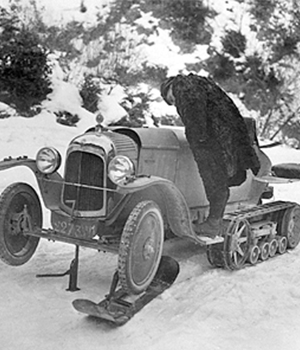

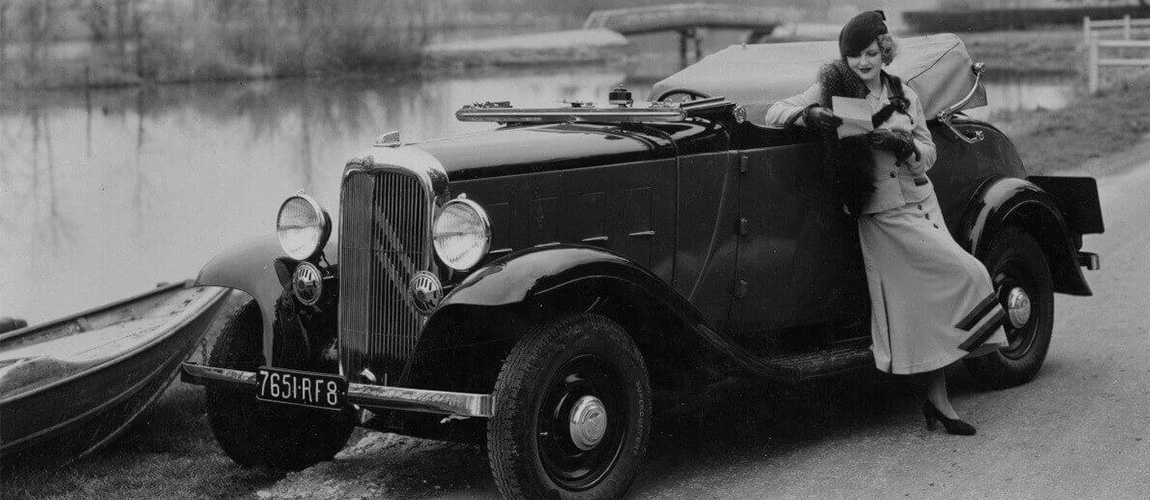
Between 1948 and 1990, more than 3.8 million 2CVs were produced, making it the world's first
front-wheel drive car to become a million seller after Citroën's own earlier model,
the more upscale Traction Avant, which had become the first front-wheel drive car to
sell in similar six-figure numbers.
Between 1948 and 1990, more than 3.8 million 2CVs were produced, making it the world's first front-wheel drive car to become
a million seller after Citroën's own earlier model, the more upscale Traction Avant, which had become the first
front-wheel drive car to sell in similar six-figure numbers. The 2CV platform spawned many variants,
as detailed in the "Production numbers" section. The 2CV and its variants are collectively known as the A-Series.
Notably these include the 2CV-based delivery vans known as fourgonnettes, the Ami, the Dyane, the Acadiane, and the Mehari.
In total, Citroën manufactured over 9 million of the 2CVs and its derivative models.
Citroen DS is a premium executive car produced by the French automaker Citroen from 1955 to 1975. The DS was known for its aerodynamic design, innovative technology, and hydraulic suspension system, which provided a comfortable ride. One of the most popular models was the DS 21, which featured a 2.1-liter engine and was nicknamed "the shark" due to its distinctive front end. The DS was also famous for its appearances in films and TV shows, such as the James Bond film "For Your Eyes Only." Despite being produced for only 20 years, the Citroen DS remains an icon of automotive design and engineering.
he CX was launched at the 1974 Paris Motor Show. Citroën was unable to schedule right-hand drive production of the car until well into 1975. The CX was initially a huge success in Europe, with more than 132,000 being produced in 1978. It found customers beyond the loyal DS customer base and used the technology of Citroën's advanced grand touring personal luxury car, the SM. Unlike its principal competitors, the CX did not have worldwide distribution—the cost of development and improvements had to be met from a geographically small sales base. According to Driving & Motoring Month the CX "provides a startlingly intelligent set of solutions to modern motoring problems".
In 1961, Citroën began work on 'Project S' – a sports variant of the Citroën DS. As was customary for the firm, many running concept vehicles were developed, increasingly complex and upmarket from the DS. Automotive journalists marveled at the resulting ability to travel for hours at 200 km/h (124 mph) in comfort In 1972 Motorsport (U.K.) noted ..."that rare quality of being a nice car to be in at any speed, from stationary to maximum." The touring range based on the SM's fuel economy and the large 90 L (20 imp gal; 24 US gal) fuel tank made long, fast, relaxing journeys possible.
